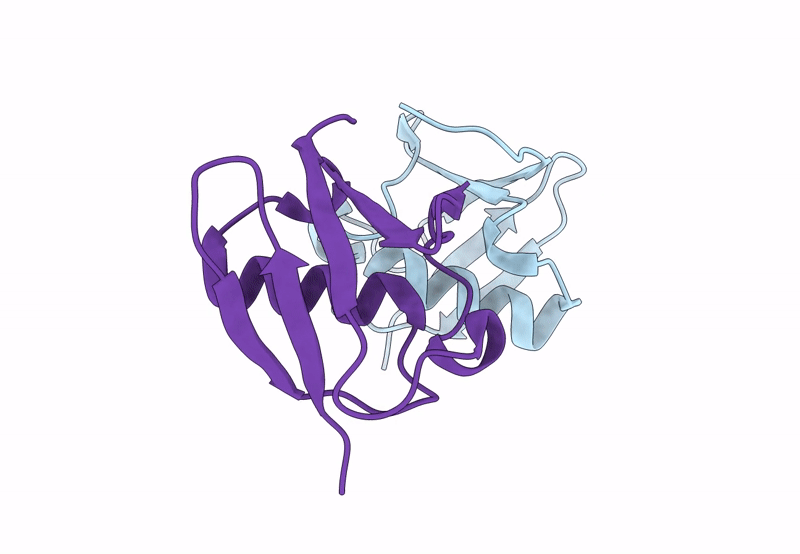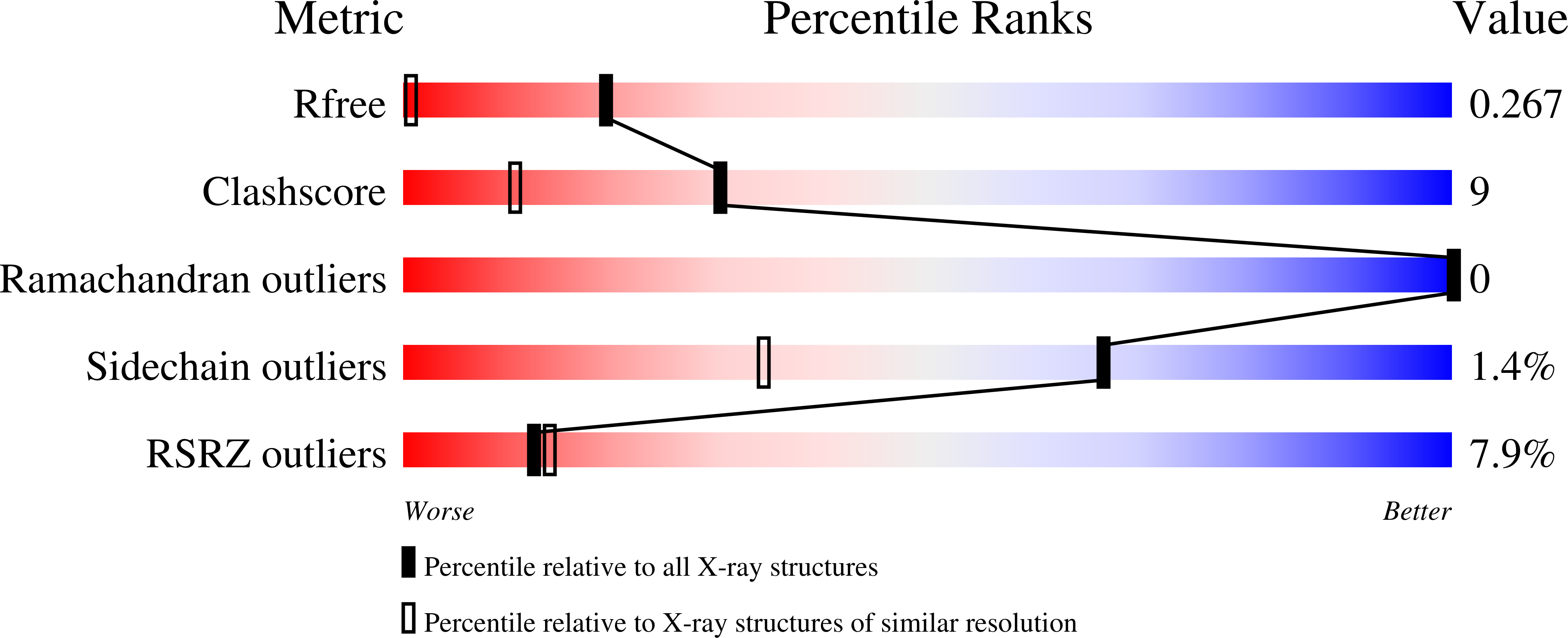
Deposition Date
2022-12-02
Release Date
2023-11-29
Last Version Date
2024-01-24
Entry Detail
PDB ID:
8HM2
Keywords:
Title:
Crystal structure of human ubiquitin-like protein from bacteroides fragilis c terminal cysteine mutant
Biological Source:
Source Organism:
Bacteroides fragilis (Taxon ID: 817)
Host Organism:
Method Details:
Experimental Method:
Resolution:
1.34 Å
R-Value Free:
0.26
R-Value Work:
0.25
R-Value Observed:
0.25
Space Group:
P 43 21 2


